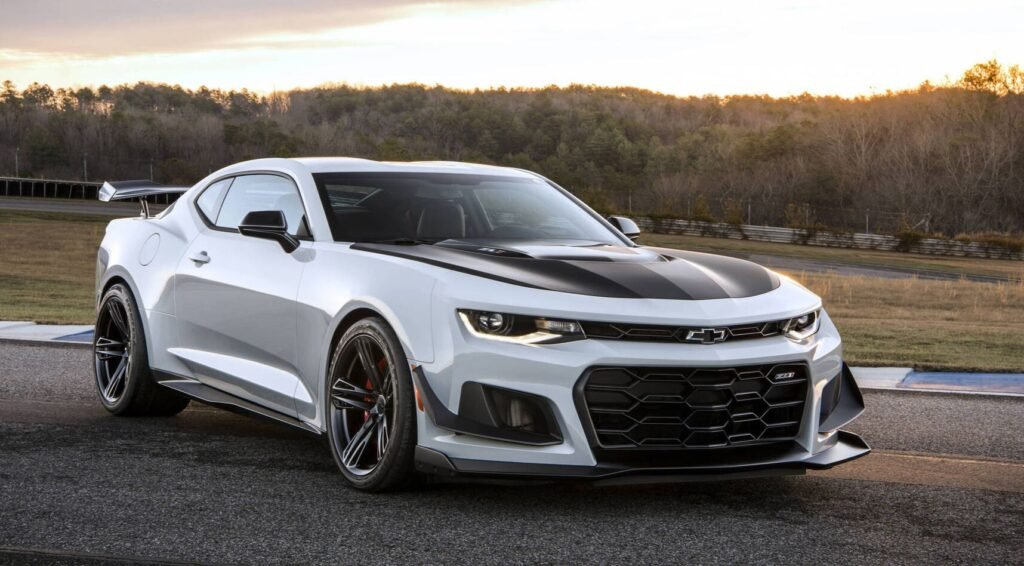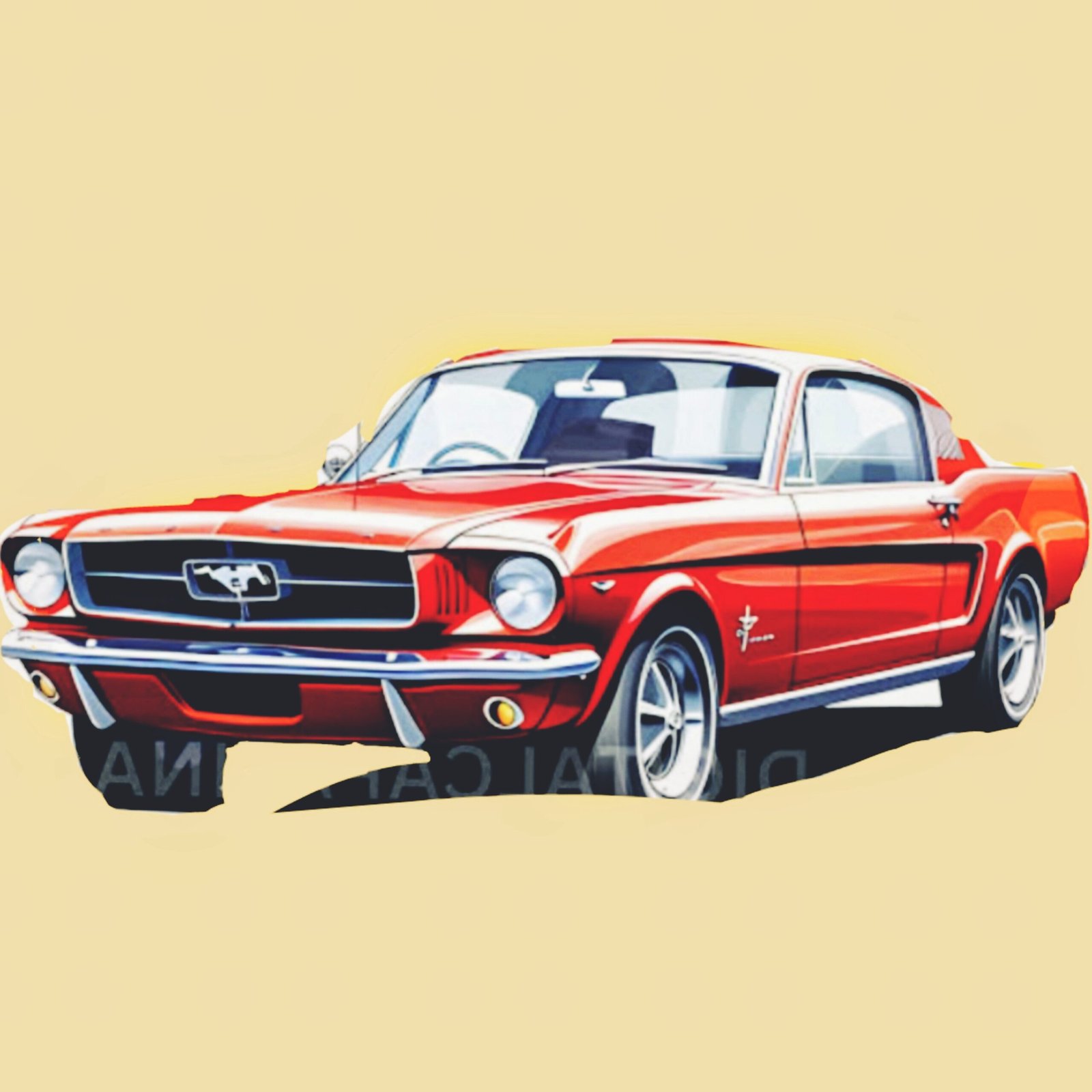The Chevrolet Camaro is one of the most iconic muscle cars in automotive history. Since its debut in 1966, the Camaro has been synonymous with American performance, combining powerful engines with sleek designs and innovative technology. This article delves into the rich history and evolution of the Chevrolet Camaro, highlighting its impact on the automotive world and its enduring appeal.
The Origins: 1967-1969

The Chevrolet Camaro was introduced in 1966 for the 1967 model year, designed to compete directly with the Ford Mustang. The first-generation Camaro was available in coupe and convertible body styles, with a variety of engine options ranging from the economical inline-six to the powerful V8s. The top-of-the-line SS (Super Sport) and Z/28 models quickly gained popularity for their performance and racing capabilities. The Z/28, in particular, was designed for Trans-Am racing, featuring a high-revving 302 cubic inch V8 that made it a formidable contender on the track.
The Muscle Car Era: 1970-1981
The second-generation Camaro, introduced in 1970, featured a more aggressive and aerodynamic design, inspired by European sports cars. This generation offered a range of powerful engines, including the legendary 350 cubic inch V8 and the 396 cubic inch big block V8. The Camaro SS and Z/28 continued to be the performance benchmarks, with the Z/28 model featuring a high-output 350 cubic inch engine and improved handling characteristics.
The 1970s also brought challenges such as the oil crisis and stringent emissions regulations, which impacted the entire muscle car segment. Despite these hurdles, the Camaro maintained its performance pedigree, adapting to the changing landscape with more efficient engines and improved technology.
The Modern Muscle: 1982-1992
The third-generation Camaro, launched in 1982, represented a significant shift towards modernity. This generation featured a more angular design and was the first Camaro to offer fuel injection, improving performance and efficiency. The introduction of the Camaro IROC-Z in 1985, named after the International Race of Champions, brought enhanced handling, a sport-tuned suspension, and a powerful 5.0-liter V8 engine, making it a favorite among enthusiasts.
The third-generation Camaro also saw the introduction of advanced technology, such as electronic fuel injection and aerodynamic improvements, which helped it remain competitive in the evolving automotive market.
The Return to Form: 1993-2002
The fourth-generation Camaro, introduced in 1993, brought a sleeker, more aerodynamic design and continued to emphasize performance. This generation featured the powerful LT1 V8 engine, which produced 275 horsepower, and the later LS1 V8, which increased output to 305 horsepower. The Camaro Z28 and SS models remained the top performance variants, offering impressive acceleration and handling.
The fourth-generation Camaro also introduced advanced safety features, such as anti-lock brakes and traction control, enhancing its appeal to a broader audience. Despite its success, the Camaro faced declining sales towards the end of this generation, leading to a hiatus after the 2002 model year.
The Revival: 2010-Present
After an eight-year hiatus, Chevrolet revived the Camaro in 2010 with the fifth-generation model. This generation featured a retro-inspired design, paying homage to the first-generation Camaro while incorporating modern technology and performance. The introduction of the Camaro SS with a 6.2-liter V8 engine producing 426 horsepower marked a return to high-performance roots. The track-focused ZL1 model, with its supercharged 6.2-liter V8 engine, further solidified the Camaro’s position as a performance icon.
The sixth-generation Camaro, launched in 2016, continued this trend with a more refined design, improved handling, and a range of powerful engines, including the turbocharged 2.0-liter four-cylinder, 3.6-liter V6, and the potent 6.2-liter V8. The introduction of the ZL1 1LE, a track-oriented variant, showcased the Camaro’s capabilities on the racetrack, offering advanced aerodynamics, suspension, and braking systems.
Conclusion
The Chevrolet Camaro’s journey from its inception to the present day is a testament to American engineering and performance. With each generation, the Camaro has evolved to meet the demands of enthusiasts and the market, blending power, style, and innovation. As the Camaro continues to push the boundaries of performance and technology, it remains an enduring symbol of American muscle and a beloved icon in the automotive world.

